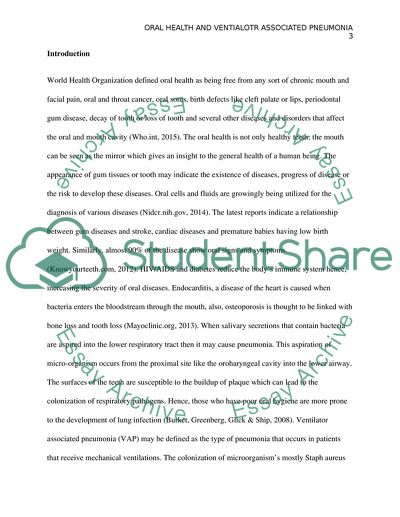Cite this document
(Oral Health and Ventilator Associated Pneumonia Book Report/Review, n.d.)
Oral Health and Ventilator Associated Pneumonia Book Report/Review. Retrieved from https://studentshare.org/nursing/1867434-oral-health-and-ventilator-associated-pneumonia
Oral Health and Ventilator Associated Pneumonia Book Report/Review. Retrieved from https://studentshare.org/nursing/1867434-oral-health-and-ventilator-associated-pneumonia
(Oral Health and Ventilator Associated Pneumonia Book Report/Review)
Oral Health and Ventilator Associated Pneumonia Book Report/Review. https://studentshare.org/nursing/1867434-oral-health-and-ventilator-associated-pneumonia.
Oral Health and Ventilator Associated Pneumonia Book Report/Review. https://studentshare.org/nursing/1867434-oral-health-and-ventilator-associated-pneumonia.
“Oral Health and Ventilator Associated Pneumonia Book Report/Review”, n.d. https://studentshare.org/nursing/1867434-oral-health-and-ventilator-associated-pneumonia.


